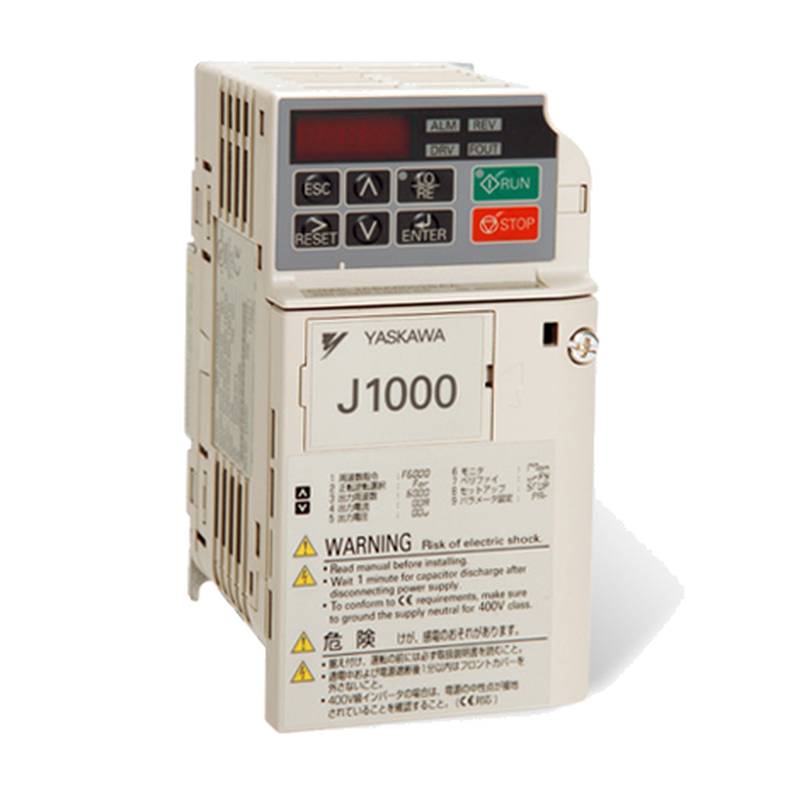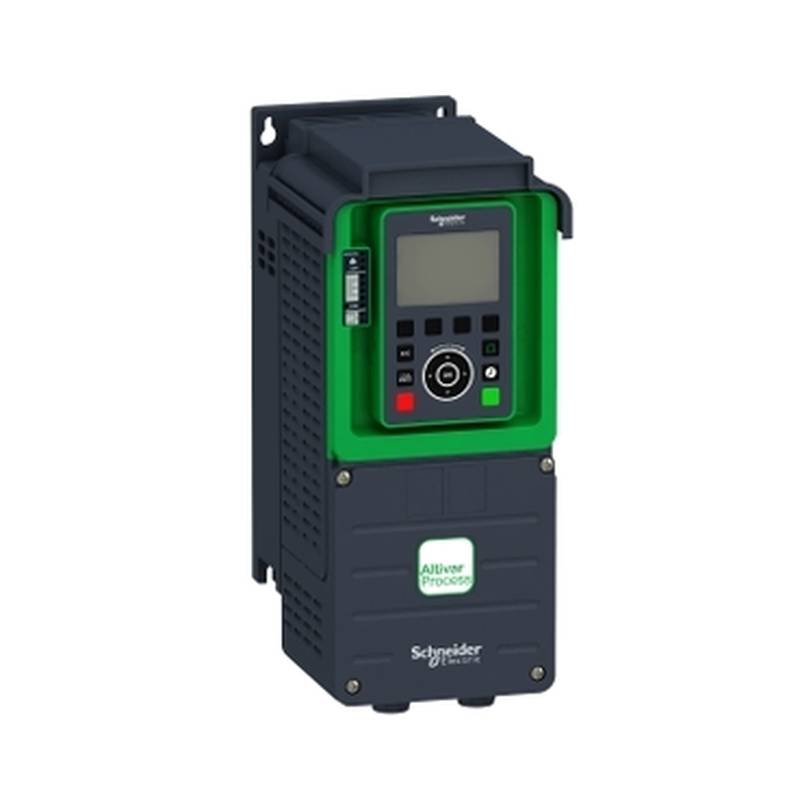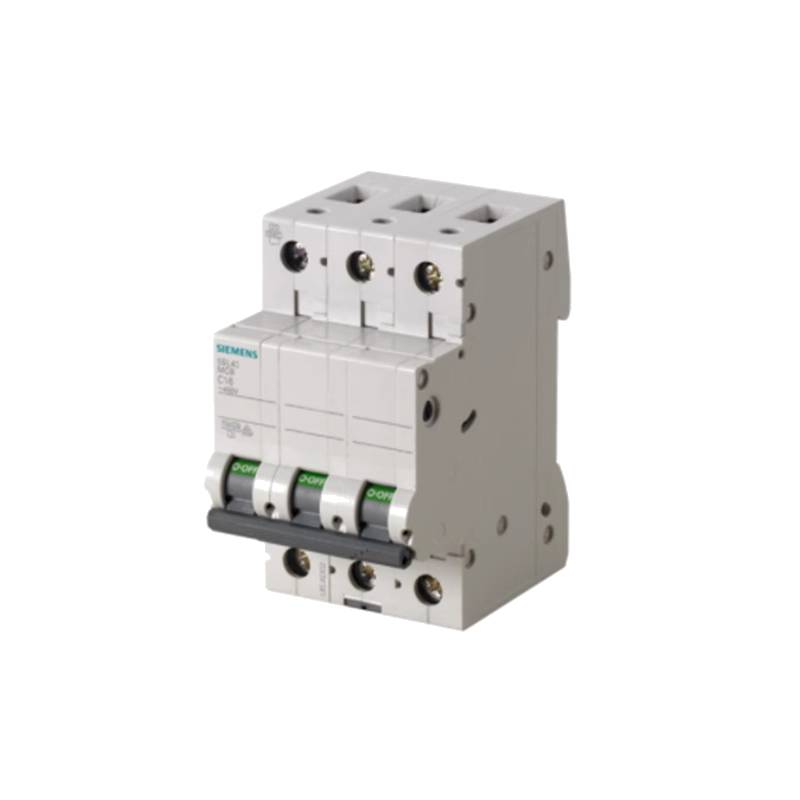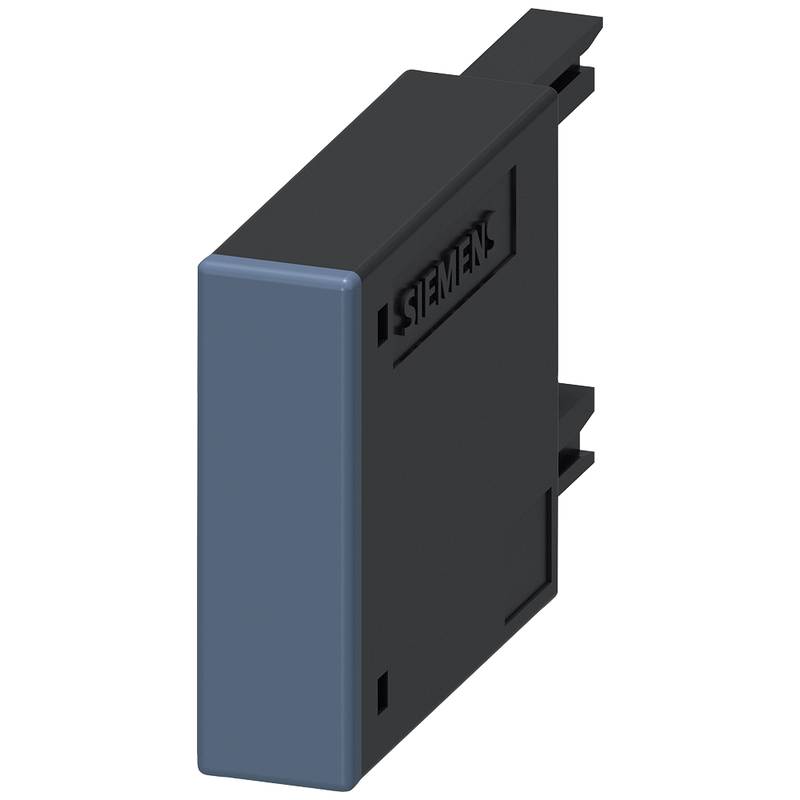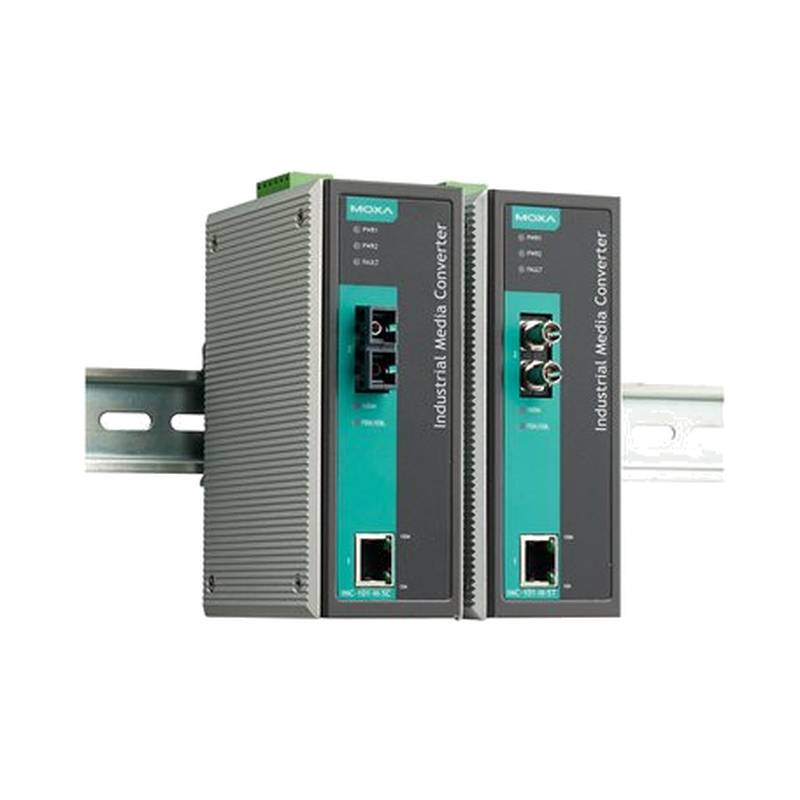
The YASKAWA J1000 series, specifically the JB4A0002BBA model, represents a compact yet powerful solution for precise small fan control. This 0.4kW frequency converter, rated at 1.8A, excels in delivering energy efficiency and optimal performance for a wide range of ventilation applications. Its core advantages lie in its intuitive operation, robust design, and seamless integration capabilities. Key technical parameters include a 3-phase input/output, a nominal output current of 1.8A, and a power rating of 0.4kW. The J1000 series is engineered to meet the demanding needs of HVAC systems, industrial ventilation, and commercial building management, offering precise speed control to minimize energy consumption and noise levels.
Product Specifications
| Parameter | Value |
| :-------------------- | :------------------------------------- |
| Model Number | JB4A0002BBA |
| Series | J1000 |
| Rated Output Current | 1.8 A |
| Rated Output Power | 0.4 kW (0.5 HP) |
| Input Voltage | 200-240V, 1-Phase |
| Output Voltage | 200-240V, 3-Phase |
| Output Frequency | 0.0 to 400.0 Hz |
| Control Method | V/f Control |
| Ambient Temperature | -10°C to 50°C |
| Protection Rating | IP20 |
| Dimensions (H x W x D) | 143mm x 70mm x 107mm (approx.) |
| Weight | 0.7 kg (approx.) |
Core Features & Market Positioning
The YASKAWA J1000 JB4A0002BBA distinguishes itself in the market through its specialized design for fan and pump applications, a segment where efficiency and reliability are paramount. Unlike general-purpose inverters, the J1000 incorporates features tailored for variable torque loads, such as optimized V/f control algorithms that significantly reduce energy consumption during partial load operation. Its compact footprint and integrated heat sink allow for direct panel mounting, simplifying installation and reducing cabinet space requirements. This positions the YASKAWA J1000 as a cost-effective and performance-driven choice for original equipment manufacturers (OEMs) and system integrators focused on delivering energy-efficient HVAC and ventilation solutions. The inherent Yaskawa quality ensures long-term operational stability, a critical factor for industrial clients seeking to minimize downtime.
Key Application Scenarios
This YASKAWA J1000 frequency converter is ideally suited for a variety of small fan and pump applications where precise speed control is essential. Common scenarios include controlling supply and exhaust fans in commercial buildings, managing air handling units (AHUs) for optimized climate control, and driving ventilation systems in industrial processes. Its ability to precisely regulate motor speed translates directly into energy savings by matching fan output to actual demand, reducing unnecessary power usage. Furthermore, the smooth acceleration and deceleration capabilities help to minimize mechanical stress on connected equipment, extending the lifespan of fans, motors, and ductwork. This makes the JB4A0002BBA a go-to solution for applications demanding quiet operation and significant energy efficiency gains.
Practical System Integration Guidance
Integrating the YASKAWA J1000 JB4A0002BBA into existing systems is straightforward due to its user-friendly design. For wiring, ensure the input power supply is correctly connected to terminals L1 and L2, and the motor is connected to T1, T2, and T3. Grounding should be established via the dedicated ground terminal. Initial parameter setup, accessible through the front panel keypad, typically involves configuring the motor's nominal parameters (e.g., voltage, frequency, current, poles) and setting the desired acceleration/deceleration times. For fan applications, utilizing the built-in PID control function can enable automatic speed adjustment based on system feedback (e.g., pressure or temperature sensors), simplifying complex control strategies. Always refer to the official Yaskawa J1000 manual for detailed wiring diagrams and parameter settings specific to your application.
Operation and Risk Mitigation
Operating the YASKAWA J1000 JB4A0002BBA is designed to be intuitive, with a clear digital display and accessible keypad for parameter adjustments and monitoring. However, users must be aware of potential risks. Incorrect wiring can lead to equipment damage or safety hazards; always verify connections against the wiring diagrams before powering up. Overloading the motor beyond the converter's 1.8A rating can trigger overcurrent faults, potentially causing downtime. Familiarize yourself with common fault codes displayed on the unit; for instance, an "OC" (Overcurrent) fault might require reducing the load or checking for motor issues, while an "OH" (Overheat) fault indicates the heatsink may be too hot or airflow is obstructed, requiring immediate attention to cooling. Regular inspection of the installation environment for dust and adequate ventilation is crucial for preventing premature failure.
Scalability & Long-Term Value
While the YASKAWA J1000 JB4A0002BBA is a compact, standalone unit, its value extends through Yaskawa's commitment to product longevity and system compatibility. For applications requiring higher power or more advanced features, Yaskawa offers a scalable range of inverters that can integrate seamlessly with the J1000's control philosophy. The J1000 itself is designed for robust performance, minimizing the need for frequent replacements. Its integration with building automation systems via optional communication modules (e.g., Modbus) enhances its long-term value by enabling remote monitoring and control, aligning with the growing trend towards Industrial Internet of Things (IIoT) solutions. This foresight in design ensures that the JB4A0002BBA can be a reliable component within evolving smart building and industrial automation infrastructures.
Frequently Asked Questions (FAQs)
1. What is the primary application for the YASKAWA JB4A0002BBA J1000?
This Yaskawa J1000 is specifically designed for controlling small fans and pumps. It excels in variable torque applications where precise speed control is needed for energy efficiency.
It allows for fine-tuning motor speed to match system demands, significantly reducing energy consumption. This is crucial for HVAC systems, ventilation, and other fluid-handling processes requiring optimization.
The converter's features are tailored to benefit applications like air handling units, exhaust fans, and circulation pumps, ensuring optimal performance and longevity.
2. What are the key technical specifications of the JB4A0002BBA?
The YASKAWA JB4A0002BBA is a 0.4kW (0.5 HP) frequency converter. It has a rated output current of 1.8A and operates on a 200-240V, 1-phase input, providing a 200-240V, 3-phase output.
It supports an output frequency range from 0.0 to 400.0 Hz, utilizing V/f control for motor speed regulation. The ambient operating temperature range is -10°C to 50°C.
This model features an IP20 protection rating, making it suitable for protected industrial environments. Its compact dimensions and 0.7kg weight facilitate easy installation.
3. How do I wire the YASKAWA J1000 JB4A0002BBA for a fan application?
Connect your single-phase 200-240V power supply to terminals L1 and L2. The three-phase motor leads should be connected to terminals T1, T2, and T3 of the inverter.
Ensure proper grounding by connecting the ground terminal to your system's earth ground for safety and protection. Always double-check all connections before applying power to prevent damage.
Refer to the official Yaskawa J1000 manual for detailed wiring schematics and specific terminal functions. Incorrect wiring can lead to faults or equipment failure.
4. What are the main advantages of using the J1000 series for ventilation?
The J1000 series offers significant energy savings by precisely controlling fan speed to match airflow requirements. This variable speed capability reduces electricity consumption compared to fixed-speed operation.
It also enhances system performance by allowing for quieter operation and smoother acceleration/deceleration, which reduces mechanical stress on fans and ductwork. This leads to extended equipment life.
The compact design and ease of installation simplify integration into existing or new ventilation systems, making it a cost-effective solution for optimizing building climate control.
5. Can the JB4A0002BBA be used with any 0.4kW motor?
This converter is designed for 0.4kW (0.5 HP) motors operating within its voltage and current specifications. It's essential that the motor's nameplate data matches the converter's capabilities.
Ensure the motor is rated for variable frequency drive operation and that its full load current does not exceed the 1.8A rating of the JB4A0002BBA. Motor parameters must be correctly entered into the drive.
For optimal performance and to avoid potential issues like overheating or nuisance tripping, always confirm motor compatibility and configure the drive's motor data settings accurately.
6. What is the typical power consumption of the YASKAWA JB4A0002BBA?
The power consumption is directly related to the motor's load and speed. The unit itself draws power from the input supply to convert it to variable frequency output.
When running a 0.4kW motor at full load, the converter will output approximately 0.4kW of power, with some energy loss due to conversion efficiency. The input power will be slightly higher than the output power.
At no load or very low speed, the converter's own internal power consumption is minimal, typically much less than its rated capacity, contributing to overall system energy efficiency.
7. How do I perform initial setup and parameter configuration?
Access the parameter menu using the J1000's keypad. Begin by entering the basic motor data: voltage, frequency, current, and number of poles.
Next, configure application-specific parameters like acceleration/deceleration times and desired operating modes. For fan applications, consider setting up the built-in PID controller if external sensors are used.
Always consult the Yaskawa J1000 operation manual for a detailed explanation of each parameter and recommended settings for your specific application. Save your settings after configuration.
8. What are common fault codes for the J1000 series and how to address them?
A common fault is "OC" (Overcurrent), which can occur if the motor draws too much current. Check for mechanical binding, motor issues, or if the load is too high for the drive.
Another is "OH" (Overheat), indicating the internal heatsink is too hot. Ensure adequate ventilation, check for dust buildup on the heatsink, and verify ambient temperature is within limits.
"UV" (Undervoltage) or "OV" (Overvoltage) faults relate to input power fluctuations. Verify the input voltage supply is stable and within the drive's acceptable range.
9. Is the YASKAWA JB4A0002BBA suitable for outdoor installation?
No, the YASKAWA JB4A0002BBA has an IP20 protection rating, which means it is designed for indoor use and protected environments. It offers protection against solid objects larger than 12.5mm but not against water ingress.
Outdoor installation would expose the unit to moisture, dust, and extreme temperatures, potentially causing damage, corrosion, or malfunction. Special enclosures or modifications would be required for such environments.
Always install the J1000 in a clean, dry location with adequate ventilation, typically within an electrical enclosure or control panel, to ensure its longevity and reliable operation.
10. Can I integrate the J1000 with a Building Management System (BMS)?
Yes, the Yaskawa J1000 series can be integrated with a BMS through optional communication interface cards. Common protocols like Modbus RTU are supported via optional boards.
This integration allows for remote monitoring of operating status, speed, faults, and energy consumption, as well as remote control of start/stop and speed adjustments.
Utilizing communication options enhances the J1000's utility in smart building environments, enabling centralized control and data acquisition for improved building management efficiency.














